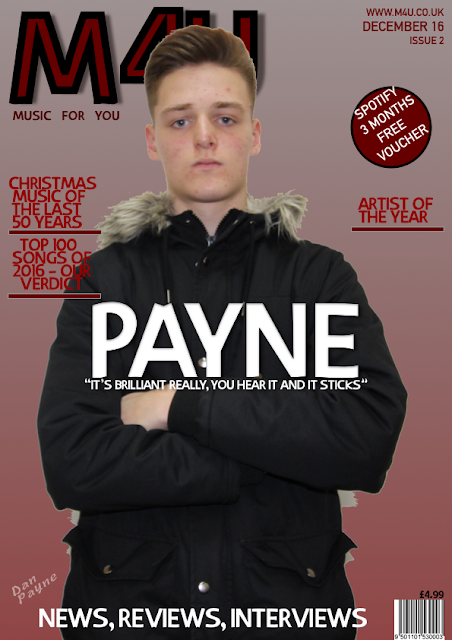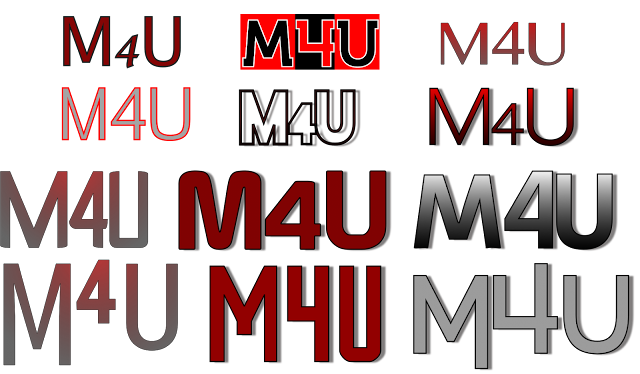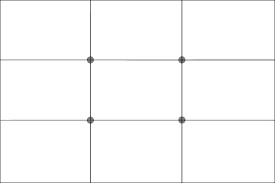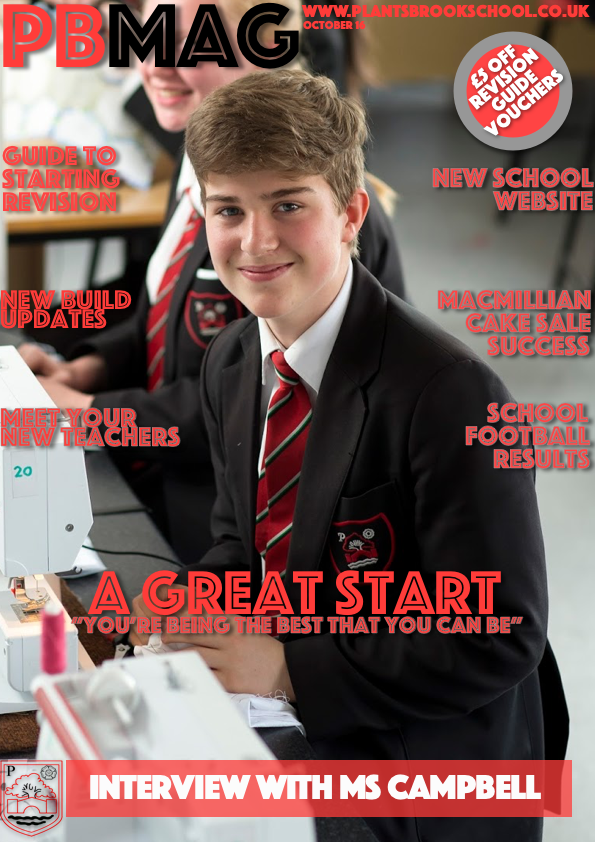My magazine is called M4U. It is aimed towards fans of pop, rock, alternative and indie music - ranging from the 1970s to the present time. It values all of the potential audience's opinions and views on music. In addition, M4U will support established and new artists and promote their work, to allow them to get their music out to the intended audience. In addition to this, it values all ways of getting hold of or accessing music - physically, such as a CD or digitally, such as on streaming services. As well as this, it supports, promotes and values music events - such as gigs/concerts and festivals. The intended audience for the magazine is for 18-65 year olds, allowing the younger audience to learn about and appreciate older music and artists and how it has influenced newer music as well as allowing older members of the audience the ability to learn more about newer music. M4U values how people access the magazine as well, selling it in shops, online, and via subscription - to al...









